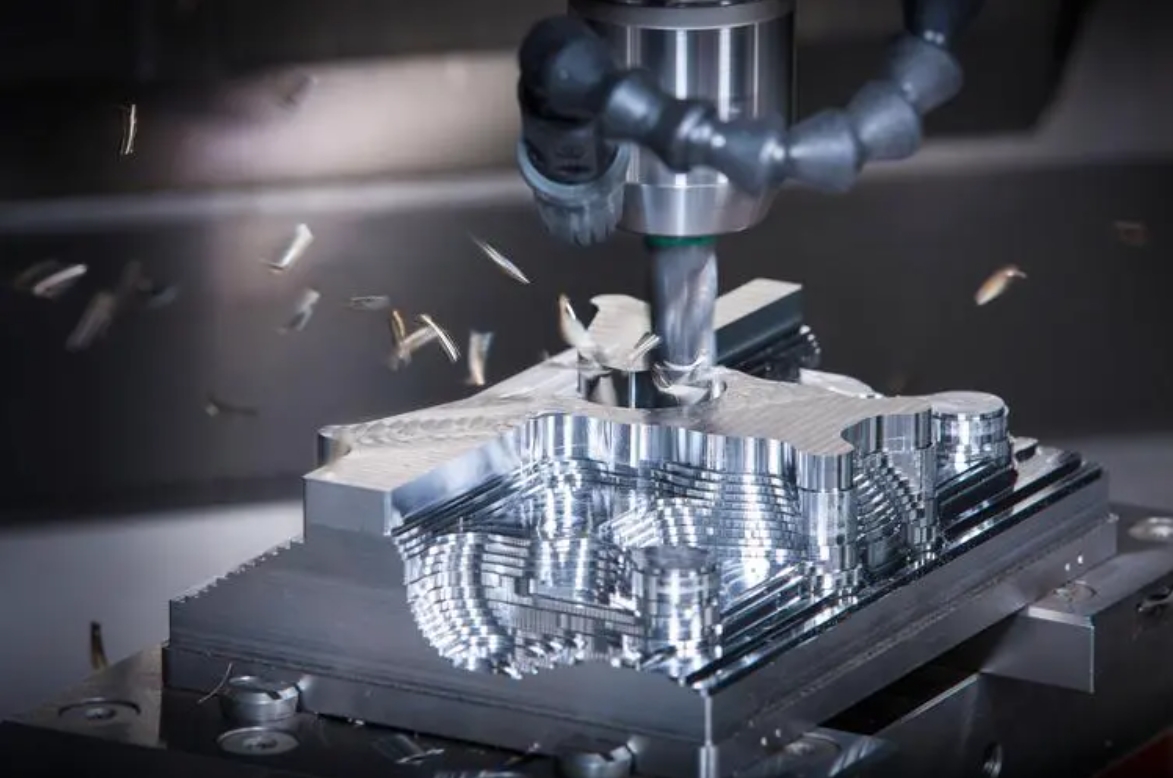The Hidden Perils in Sheet Metal Design and Manufacturing+ View more
Material Properties: The Cornerstone of Design Integrity
One of the quintessential oversights in sheet metal design is the failure to account for the fundamental attributes of the chosen material. Strength, ductility, thickness, and grain orientation are not mere variables but are the cornerstones that uphold the integrity of the finished product. Designs that turn a blind eye to these characteristics often find their undoing during fabrication, resulting in cracks, distortions, or an inability to meet functional requirements—a costly lesson in the value of material science.
Bending Radii: The Fine Line Between Flexibility and Fracture
The art of bending in sheet metal fabrication is a dance between flexibility and fracture. Designers who push the limits by specifying bending radii smaller than the material thickness are playing a risky game. Such miscalculations invite material breaches and excessive internal stresses, setting the stage for premature failures and cracks during the end-use of the product. It's a stark reminder that in bending, as in design, one must respect the limits of their partner—the material.
Complex Cuts: The Enemy of Structural Integrity
The allure of intricate cut patterns can be enticing to the untrained eye, but complexity can quickly become the enemy of functionality and structural integrity. Excessively convoluted designs not only inflate the difficulty of fabrication but can also introduce weak points within the component. This compromise in integrity can render parts susceptible to failure in conditions they might otherwise have withstood—an ironic twist where an attempt at sophistication leads to a simple demise.
Welding Design: A Balancing Act Ignored
Welding, a process as much science as it is art, is often undermined by designs that fail to consider its nuanced complexities. Ignoring the implications of weld shrinkage and the heat affected zone can distort the symphony of assembly, resulting in misalignment or deformation of the structure. It's a sobering reminder that welding design is not merely about joining two pieces but about balancing the thermal and mechanical interplay between them.
Hole Placement: The Margins of Error
In the margins of a sheet metal design lie the holes—vital yet vulnerable. Placing them too close to the edge is akin to building on unstable foundations. The material tears or thins out, undermining the structural integrity of the whole. It's a clear demonstration that even the smallest components of a design demand thoughtful consideration of their impact on the entire structure.
Assembly: The Overlooked Art of Simplicity
The art of assembly is often lost in the throes of design, where the rush to innovate overshadows the need for practicality. Designs that neglect ease of assembly with inadequate connectors or overly complex sequences serve only to hike up costs and complicate production. It's a stark reflection of how innovation, when not tempered with pragmatism, can be a double-edged sword.
Fasteners: The Unseen Cost
An over-reliance on fasteners in design may seem like a secure approach, but it comes with hidden costs. An abundance of bolts, screws, and other fasteners not only adds to the weight and cost but also dampens production efficiency. It's a subtle yet significant insight into the importance of balance and restraint in design choices.
Tolerance Stacking: The Compounded Error
Tolerance in isolation is a manageable risk; but tolerance stacking in an assembly is a compounded error waiting to unfold. Inaccurate calculations and controls can lead to assembly mishaps or mechanical interference, a compound of errors that could have been mitigated with meticulous attention to detail and foresight in the design process.
Standard Components: The Undervalued Assets
The reinvention of the wheel in sheet metal design is often a misguided pursuit of uniqueness. Neglecting the use of standard components available in the market in favor of custom parts inflates complexity and production costs unnecessarily. It's a poignant reminder of the value found in simplicity and the wisdom of building upon established solutions.

